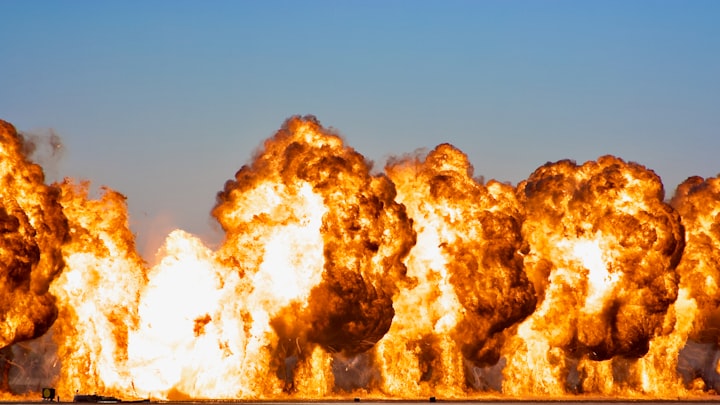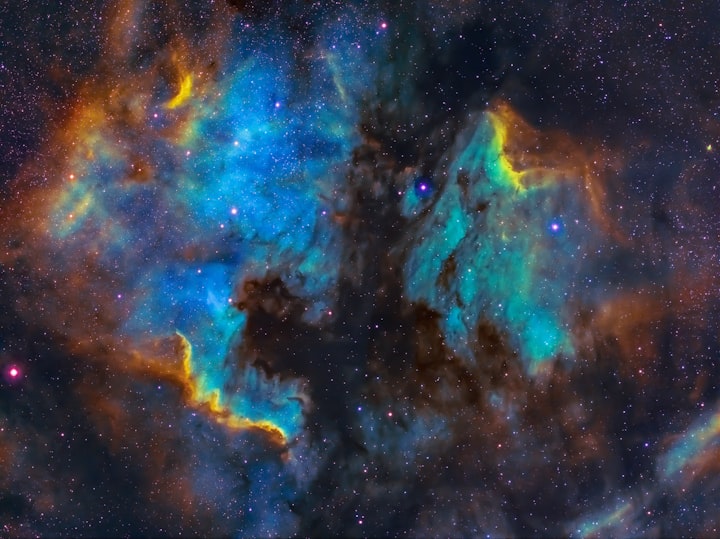
In the annals of human history, the ominous advent of nuclear weapons marked a turning point—a moment when humanity acquired the means to unleash unimaginable destruction upon itself. The inaugural nuclear weapons test in the arid expanses of New Mexico in 1945 marked the prelude to a trajectory where these weapons evolved into ever more potent instruments of devastation. Since that fateful day, the world has witnessed 2,475 nuclear detonations, with a staggering 85% emanating from the arsenals of just two nations—the United States and the erstwhile Soviet Union.
The utilization of nuclear weapons in warfare has been sparse, with only two instances recorded during World War II—the bombings of Hiroshima and Nagasaki. However, these early manifestations were dwarfed by the advancements in nuclear capabilities witnessed in subsequent decades. The Hiroshima bomb, a mere 15 kilotons, serves as a stark juxtaposition against the might of the B38, the largest nuclear weapon in the current U.S. arsenal, capable of a devastating 1.2 megatons. To comprehend the scale, one must grasp that a single megaton equates to one million tons of TNT, rendering the B38 a behemoth 80 times more powerful than its World War II predecessor.
To visualize the expanding magnitude, we delve into the Castle Bravo bomb, the largest ever tested by the United States, boasting a colossal 15 megatons. This explosive force, nearly a thousand times greater than Hiroshima, offers a glimpse into the growing potency of nuclear weapons. Yet, this pales in comparison to the zenith of nuclear detonations—the Tsar Bomba, detonated by the Soviet Union in 1961 over Novaya Zemlya. An awe-inspiring 50 megatons, equivalent to 3,333 Hiroshima blasts, underscored the unprecedented power wielded by nuclear arsenals. The shockwaves from this colossal explosion circumnavigated the globe three times, leaving an indelible mark on the collective consciousness.
The Tsar Bomba, while staggering in its might, was but a scaled-down prototype. The Soviets envisaged a weapon twice as powerful, a hypothetical 100 megaton bomb capable of unleashing 6,666 times the destructive force of Hiroshima. The sheer scale of such devastation transcends the terrestrial realm, with the hypothetical blast visible even from the International Space Station—an unsettling testament to the unimaginable consequences of nuclear escalation.
In contemplating the existential threat posed by nuclear weapons, it becomes imperative to assess their global distribution. Currently, an estimated 15,600 nuclear weapons exist worldwide, sufficient to obliterate the planet multiple times. This vast arsenal is predominantly concentrated in the hands of nine nations, with the United States and Russia accounting for a staggering 92%. The remaining 8% is dispersed among France, China, the United Kingdom, Pakistan, India, Israel, and North Korea. The clandestine nature of Israel's nuclear program adds an element of ambiguity to global disarmament efforts.
Notable instances of disarmament, such as South Africa's voluntary relinquishment of six nuclear weapons, stand as exceptions in a landscape dominated by nuclear powers. Ukraine, Belarus, and Kazakhstan briefly possessed nuclear capabilities after the Soviet Union's dissolution, opting for disarmament to secure their future. However, geopolitical uncertainties stemming from such decisions, as evidenced by Ukraine's subsequent territorial violations, dampen prospects for widespread disarmament.
As humanity grapples with the specter of nuclear Armageddon, questions abound regarding the feasibility of disarmament, the role of secretive programs, and the geopolitical challenges inherent in such endeavors. The precipice upon which we stand demands global cooperation and diplomacy to ensure that the unthinkable remains a hypothetical scenario. The quest for a world free of the nuclear shadow requires collective resolve, transcending borders and ideologies. In navigating these treacherous waters, the stakes are nothing less than the preservation of our shared existence on this fragile blue dot suspended in the cosmic expanse.
About the Creator
Nico Cox
Student in Sports and Exercise Sciences, but filled with interest and curiosity about the world, astronomy, natural catastrophes, and political sciences. Writing for fun and out of personal interest. Enjoy the read!






Comments
There are no comments for this story
Be the first to respond and start the conversation.